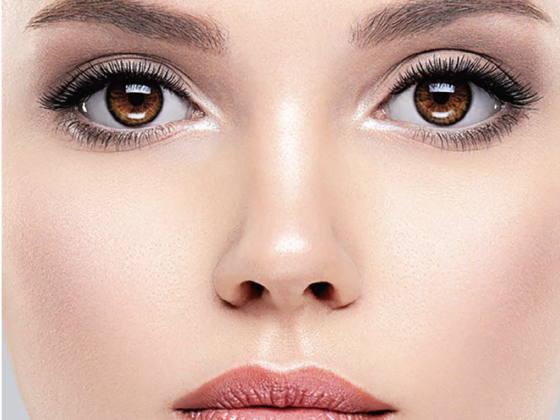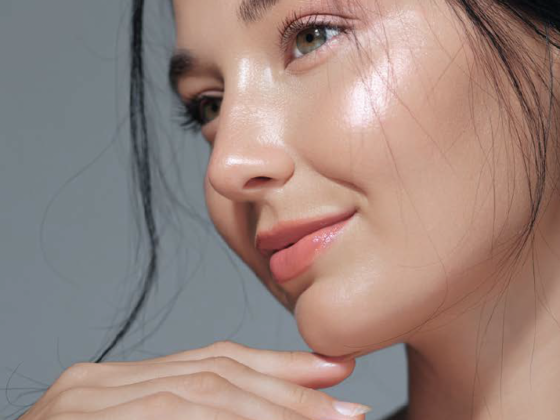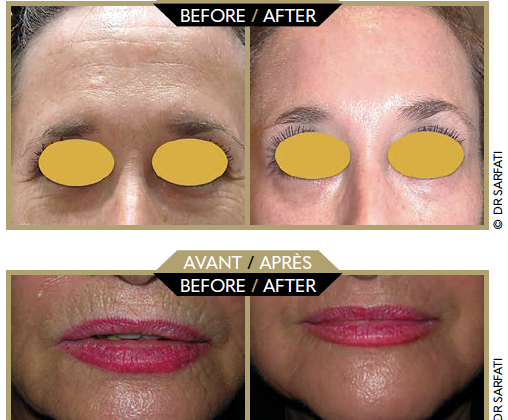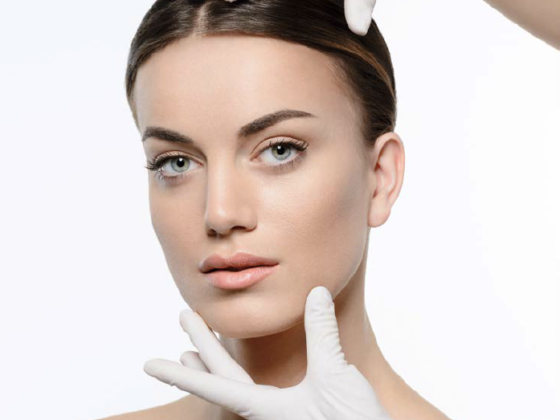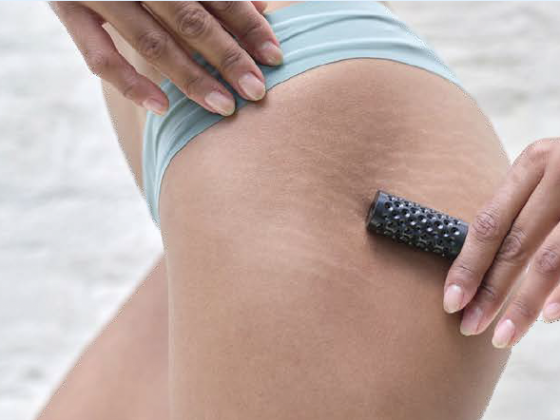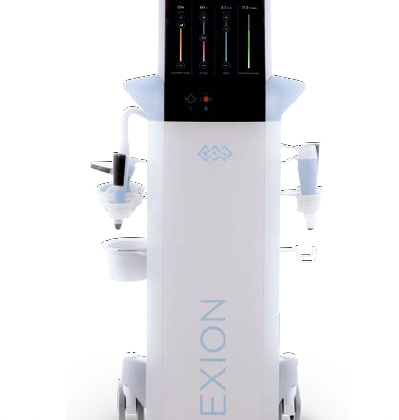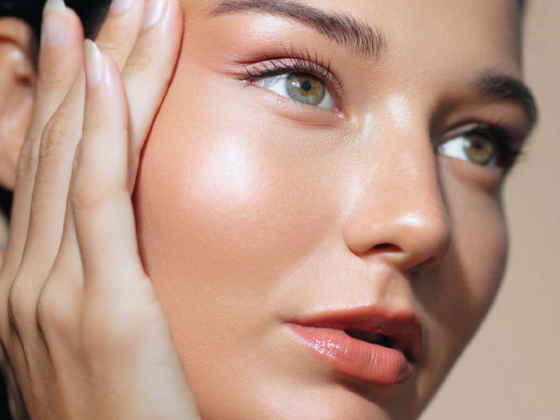Dr Laurent Benadiba
Today’s revolution holds great promise for the future. A technology that changes medicine…and patient relations
Artificial intelligence (AI). Some people see it as a revolution, others as a threat. In reality, for those of us who have been in the field for decades, it is neither of the two: it is a tool. A very powerful tool, granted, but one that only makes sense if it is used to benefit humans. In the 25 years that I have been practising aesthetic surgery, I have always been interested in technology. Not just because I like gadgets or gratuitous innovations, but rather because – when designed properly – it can improve the way in which we treat our patients, make diagnoses, help them.
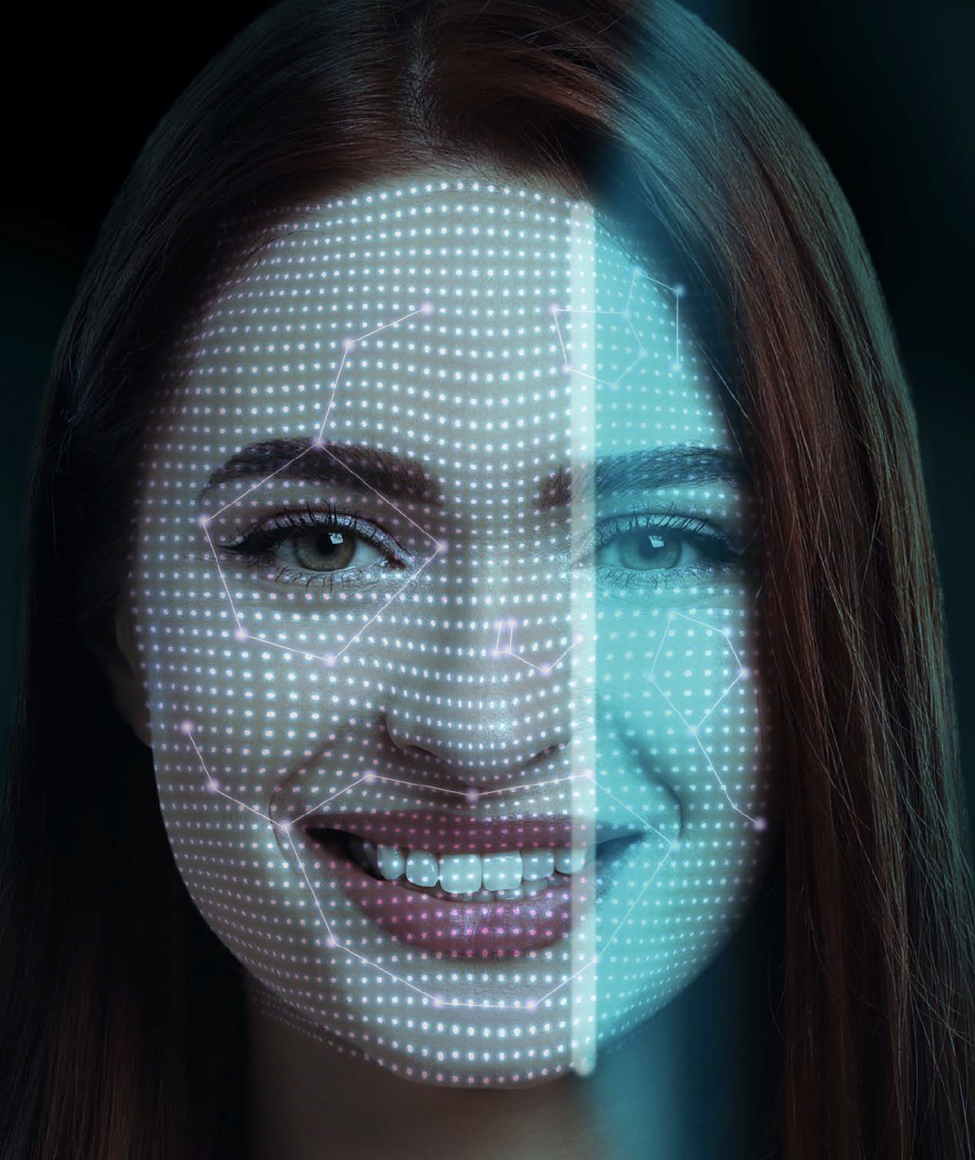
I have decided to put pen to paper because I was lucky enough to be one of the early stakeholders in this digital transformation, way before artificial intelligence hit the media. In 2000, WARPER was born, a software used to simulate morphological images. Straightforward and intuitive, it allowed us to alter photos in order to predict the outcome of a procedure. A short while later, I developed Photogest, a patient management software with integrated photos, designed for plastic surgeons.
What AI has changed today
Since its early days, this technology has come on leaps and bounds. It is now used in imaging departments, where it is used for early cancer detection, by analysing thousands of images with astonishing accuracy. It is used in A&E departments, where it filters patients according to the severity of their complaint, sometimes faster than a human could. It is also used in operating theatres, where it provides assistance for certain procedures, particularly robotic surgery.
Here are a few concrete examples that deserve a mention:
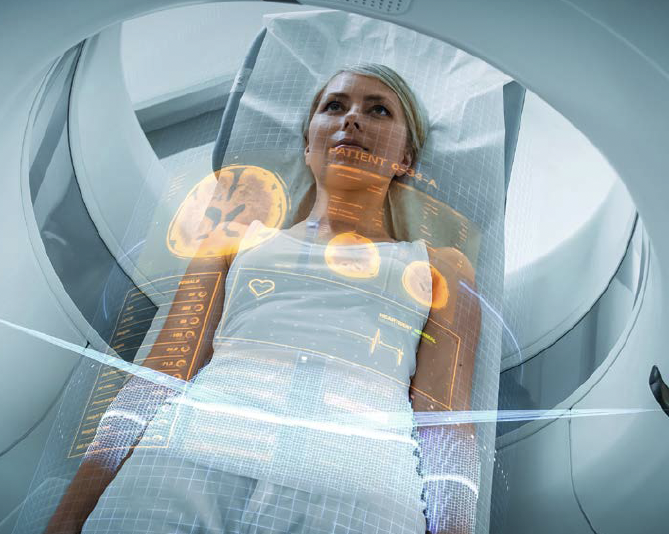
• Assisted diagnosis: In dermatology, AI is used to detect melanoma better than many experts. In ophthalmology, it detects retinopathy at a stage that is almost invisible to the naked eye.
• Preventative medicine: By cross-checking clinical, genetic and behavioural data, AI can predict the risk of cardiovascular disease or diabetes long before the first symptoms appear.
• Treatment personalisation: Certain algorithms automatically adjust complex treatments, such as insulin for diabetics, according to real-time variations in the patient’s blood sugar levels.
• Robotic surgery: Systems like the Da Vinci are gaining in finesse, thanks to embedded intelligence. This is not just assisted mechanics; it is a collaboration between Man and machine.
• Remote medicine and intelligent monitoring: Virtual assistants today enable us to monitor patients after a procedure, answer any questions, and even alert a doctor if a potential complication is detected.
In addition to being directly involved in treatments, AI is also used in timetable management, operating theatre organisation, stock management, etc. All of these tasks used to take a long time to carry out, so the work load is now lighter or even fully automated.
In aesthetics, AI is starting a new chapter
In my field, AI is taking a thrilling turn. Aesthetic medicine and surgery is a speciality in which one’s outlook, image and subjectiveness play an essential role.
Today, some software is capable of:
• analysing a face or body from a simple photo
•
suggesting axes for improvement according to the patient’s actual morphology
• simulating ultra-realistic aesthetic results
• adapting these recommendations according to the patient’s ethnic origin, age, skin texture, etc.
Above all, these AI speak several languages, adapt to different cultural codes, and allow us to open up appointments to international patients. With this in mind, in collaboration with the company Canova, I was recently involved in designing a new-generation personal assistant: Eva (the name of the first woman). Its name may be short, but what it offers up is immense.
Eva is an AI that understands, explains and offers advice. It is capable of:
• clearly presenting all of the medical or surgical procedures suggested by a doctor
• answering patient questions 24/7 in more than 20 languages
• offering up an aesthetic analysis using photos, with suitable advice, which is not designed to upsell or be unrealistic, and performs a thorough pre-consultation
• manage your diaries, make appointments, send reminders, avoid no-shows, analyse patient requests, etc.
• And, above all, create an intelligent link between the patient and their doctor, enriching but never replacing appointments.
It saves doctors a huge amount of time and is a highly efficient communication tool.
In the future: augmented medicine, augmented aesthetics
In the coming years, artificial intelligence will go even further. It will help us to predict facial aging, anticipate a patient’s response to a given treatment, and adjust our surgical procedures in real time thanks to augmented reality. But what I firmly believe is that humans will remain at the core. AI will never replace an expert hand, an artistic eye or an attentive ear. It will simply be there to support. Discreet, efficient and ever more essential. It will be able to guide our work, making our procedures even safer and guaranteeing their efficacy while reducing the risk of complications (live anatomy), with optimised monitoring and surveillance (photos, comparative videos, etc.).
If I am convinced of one thing, it is that tomorrow’s doctors will not be those who resist technological advances, but rather those who integrate them wisely.
Eva: An AI designed for aesthetic doctors and surgeons, created by CANOVA: https://canova.resonance-solutions.ai
Dr Laurent Benadiba
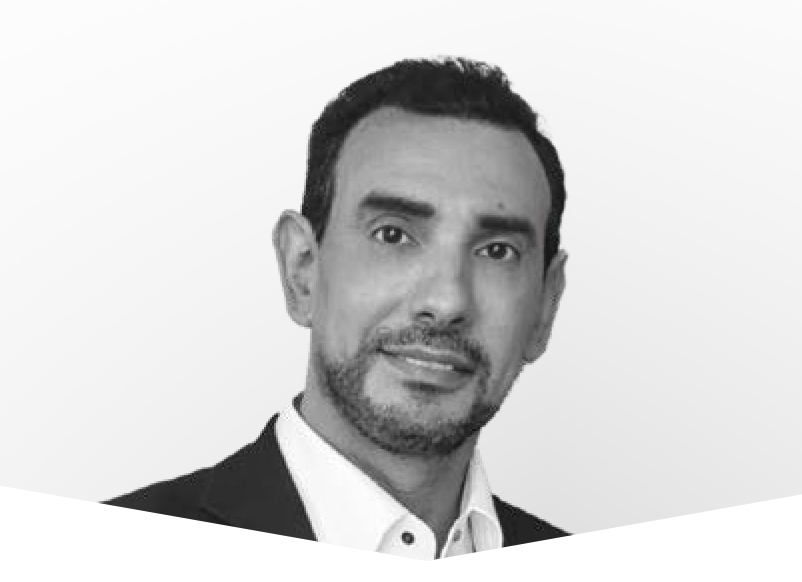
Plastic surgeon in Paris and Geneva, expert recognised for his innovative, tailored approach. University lecturer and international trainer. Always at the cutting edge of medical advances, he recently collaborated with the company CANOVA to develop EVA, an artificial intelligence dedicated to aesthetic medicine and surgery.
More: benadiba.fr





